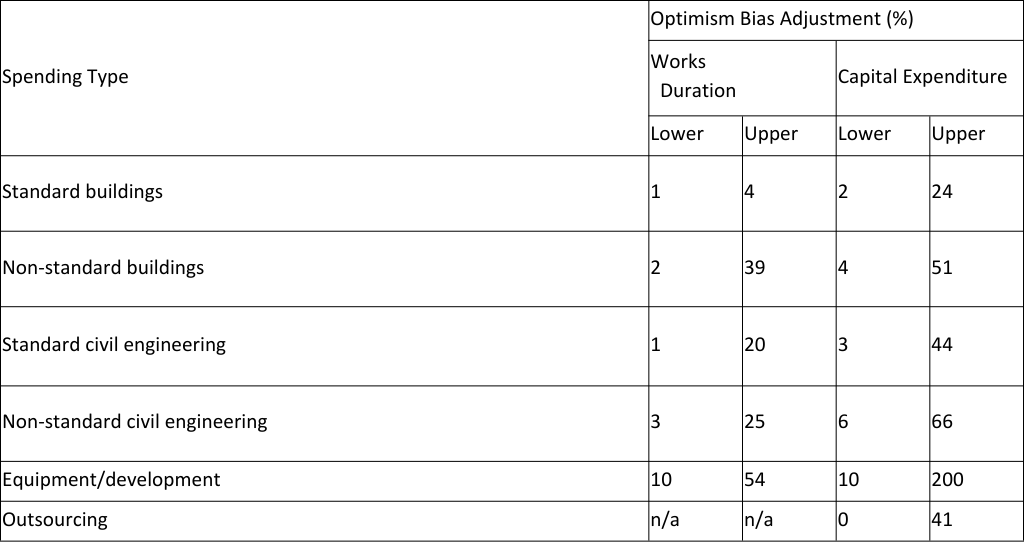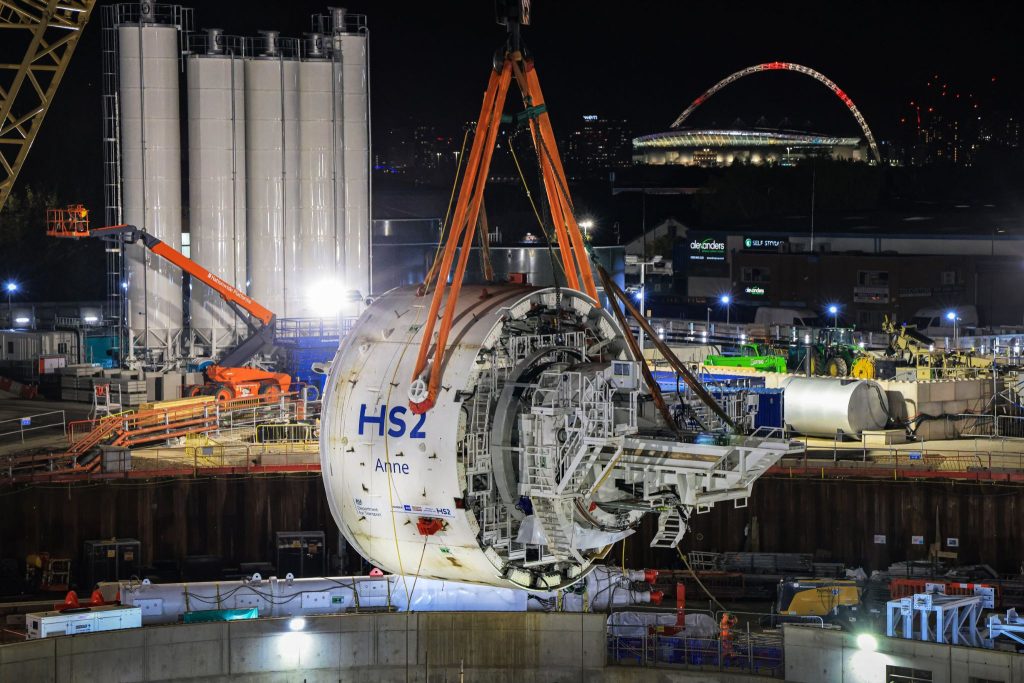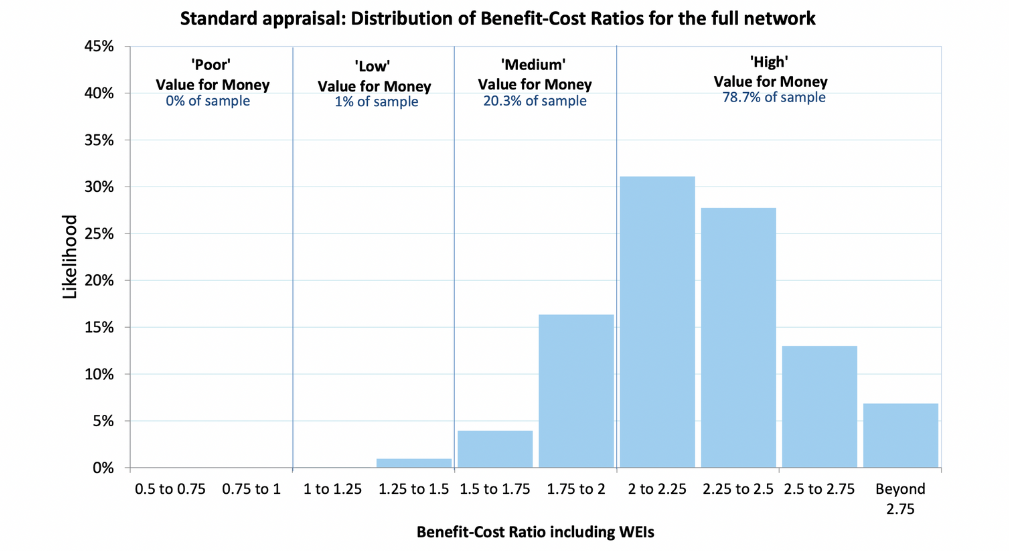Considering the budget underestimates and cost overruns associated with the public financing of high speed rail in the UK, Cahal Moran and Ganga Shreedhar suggest more can be done to manage optimism bias in government decision-making.
In 2011 the UK Coalition Government launched its plans for High Speed 2 (HS2), a super-fast rail network that would link London, Birmingham, Manchester, and Leeds. It was first estimated that HS2 would cost £50bn, this was soon revised up to £80bn, by 2020 the estimate stood at £106bn. After being significantly scaled back in 2023 the future of the project remains uncertain.
Multiple factors contributed to these repeated underestimates, but insufficient appreciation of optimism bias in government cost-benefit analyses played an important role. In short, upwards adjustments designed to take into account this bias were consistently low-balled on the grounds that the relevant risks had been identified. Ironically, this created a process whereby optimism bias could sneak into the appraisal process through the back door.
HS2 tunnel boring machine being lowered into launch chamber in West London. Source: HS2 Ltd.
Optimism bias
Optimism bias is a wide-ranging human proclivity to overestimate our chances of success. Studies repeatedly show that people underestimate their chances of divorce, accidents, and health problems and overestimate their life expectancy, career opportunities, and the talents of themselves and their children. Perhaps most troubling is the fact that it does not disappear with experience and opportunities to learn. In government, optimism bias can be seen in the tendency for policy appraisers to be overly optimistic, in relation to the benefits of a policy while underestimating the costs. This can lead to inaccurate cost-benefit analyses and the green lighting of projects that otherwise would not go ahead.
Optimism bias has long been recognised in UK government decision-making. The Green Book, which outlines the required policy appraisal methods for all major policy proposals, devotes a section to optimism bias, including suggested upwards adjustments for different components of project costs, (Table 1). For example, the capital expenditure on ‘standard buildings’ needs to be adjusted upwards by at least 2% and at most 24% depending on the specifics of the project.
Table 1. Generic Optimism Bias Adjustment Percentages
 Source: Table 7 of The Green Book.
Source: Table 7 of The Green Book.
The Government estimated the various benefits and costs associated with HS2 and comes to positive benefit-cost ratios (BCRs), as shown in Figure 1. The distribution of BCRs owes to differing assumptions concerning economic growth, demand, and the value of the time saved due to shorter train journeys. It is important to be clear that conducting such sensitivity analysis – for example, different scenarios for passenger numbers – is not the same as incorporating optimism bias. Optimism bias is systematic and should therefore augment every single estimate of costs and benefits.
Figure 1: BCRs for HS2 under different assumptions for costs and benefits generally
Source: Figure 1 in The Economic Case for HS2, Department for Transport, 2013.
In the Government document The Economic Case for HS2, there is some discussion of how different values for optimism bias affect costs, as shown by Figure 2. The figure splits the BCRs into different categories of value for money. BCRs above 2 are ‘high’; between 1.5 and 2 are ‘medium’; and between 1 and 1.5 are ‘low’. Even if the upper bound for the optimism bias from Table 1 (41%) is used for operating costs, the project is unlikely to have a benefit-cost ratio of below 1.
Figure 2: BCRs for HS2 under different adjustments to operating costs to account for optimism bias
Source: Figure 23 in The Economic Case for HS2, Department for Transport, 2013.
The early history of the project illustrates that even the highest adjustments for optimism bias are, well, optimistic. In 2020 the National Audit Office detailed the scale of the underestimation of costs for HS2, showing that many realised costs greatly exceeded even those given by using the upper bounds for optimism bias from The Green Book. For example, the initial estimate for the ‘main civil construction’ of the railways was £5,751m, but at the time of the NAO report this was £10,667m, a near-doubling of costs only a few years into the commencement of the project. As Table 1 shows, this is well beyond the highest suggested optimism bias adjustment for civil engineering work.
Managing optimism bias?
The HS2 risk and status report lays out the methodology used for optimism bias by the Government. The procedure is to start with the highest suggested value for optimism bias, but successively reduce it by mapping out the various risks that drive the estimates and working to mitigate them. To use these plans as a reason to nullify adjustments designed to account for optimism bias is to misunderstand the exercise entirely. It allows optimism bias to creep back into the process, a problem which was actually foreseen in the Green Book guidance for dealing with optimism bias in transport.
Given that optimism bias is deep-seated, finding reasons to eliminate the adjustments may be unwise. As Lovallo and Kaheman pointed out, it is simply not possible to foresee the ins and outs of huge complex projects. The unadjusted estimates may serve as a psychological ‘anchor’ and policymakers will not want to stray too far from them when accounting for optimism bias. The NAO report makes this exact point, though in the context of the calculation of the contingency fund.
Recommendations
The cost-benefit analysis for HS2 proceeded as if more was known than was possible at each stage, rendering government advice around optimism bias inconsistent. The massive overrun of costs since the project begun gives this conclusion additional force. Following this analysis, we offer three recommendations:
- Increase optimism bias adjustments substantially across the board. As we have seen, the eventual costs have far exceeded even the upper bounds of costs after adjustment. It can only be concluded that the present numbers are too low to realistically anticipate costs due to unforeseen circumstances.
- Narrow the bounds of optimism bias shown in Table 1. Specifically, the lower bound should be increased so that optimism bias estimates remain substantial even if a reason is found to reduce them. The range should also be narrower – we recommend 10 percentage points – to reduce the “degrees of freedom” policymakers have in producing these estimates.
- Identifying specific risks and contributory factors and working to mitigate them is commendable. Nevertheless, it cannot eliminate optimism bias. When a tendency is as deep-seated as optimism bias, every behaviour will be impacted by it including risk mitigation. We therefore recommend the discontinuation of the practice of successively reducing optimism bias estimates after risks have been identified.
All articles posted on this blog give the views of the author(s), and not the position of LSE British Politics and Policy, nor of the London School of Economics and Political Science.
Main image credit: HS2 Ltd.








